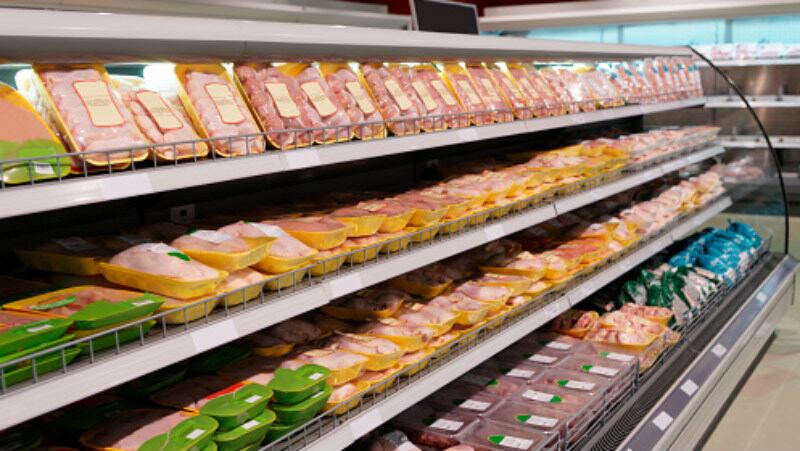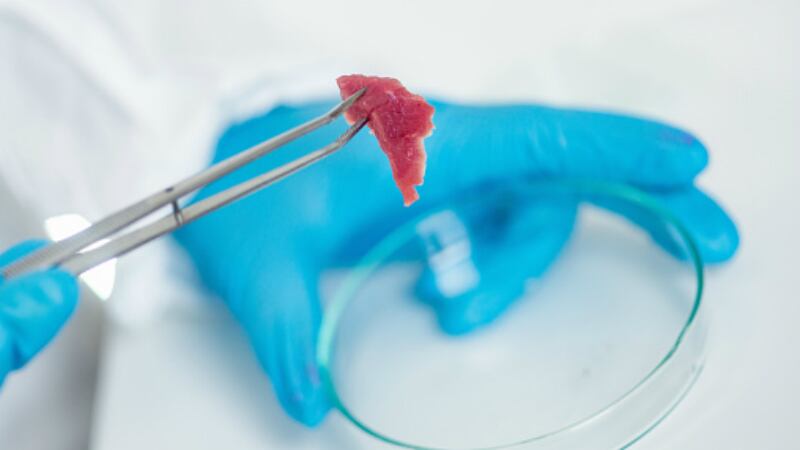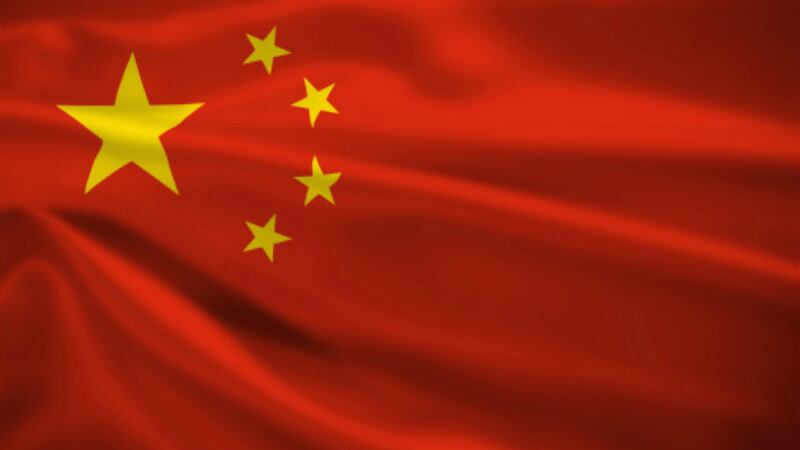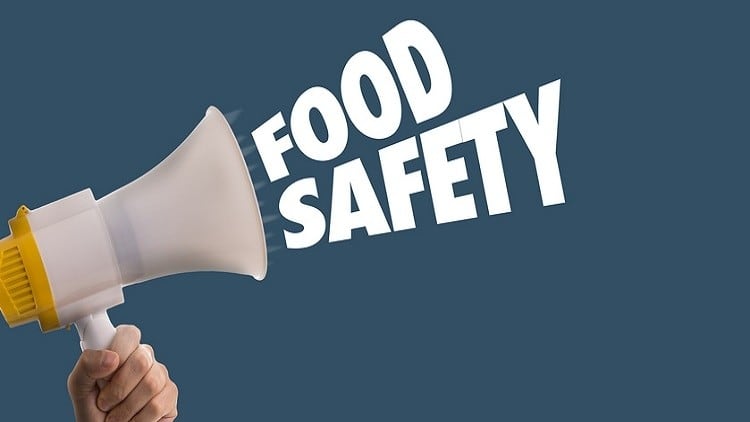These were published by the General Office of the State Council (State Council) as part of a new sector development proposal document for animal agriculture, dubbed The General Office of the State Council’s Opinions on Promoting the Development of High-Quality Animal Agriculture, calling for the modernization and rapid advancement the sector.
“China’s development goals [include improving] the areas of animal disease prevention, using green development technology and being able to guarantee the safety of local livestock and poultry products. In terms of self-sufficiency, [China shall be] around 95% self-sufficient in pork, around 85% in beef and mutton, and above 70% in dairy,” said the State Council in the document.
“We are already basically completely self-sufficient in terms of poultry and eggs, and by 2025 we will also look to scale up livestock and poultry breeding rates (70%) and comprehensively utilise manure [for circular economy benefits] at an 80% rate – these will reach 75% and 85% respectively by 2050.”
This is in line with expectations that the government is moving to look at protein security within the country’s food supply after having poured a lot of effort into grain security and reached a more or less stable stage despite earlier concerns when COVID-19 first hit.
Speaking on how the Chinese government views alternative proteins such as plant-based and cell-based meat, Dao Ventures Co-Founder Tao Zhang told us that: “It makes sense for the government to pay more attention to alternative protein from a food security perspective.”
“China has mostly reached grain security after putting in so much work and using science and tech, so now it’s about time to also look at the more concerning issue of protein security, which is something the country cannot afford to lose sight of and is actually a harder challenge to meet.”
The council has acknowledged that at present the country’s animal agriculture and meat sector is still facing multiple challenges especially in terms of modernization, security and crisis response preparedness.
“This sector is crucial to our national economy and the people’s livelihoods, as meat is an important component of the local food supply – [many improvements are underway], but there still exist issues such as the low quality and efficiency of industrial development thus far, a lack of support and security systems, and weak capability and preparedness to handle various risks or crises,” it said.
With COVID-19 in mind, the council called for stronger safeguard measures to be put in place, starting with the establishment of a complete animal disease prevention system.
“Improving the prevention and control of animal diseases [will require] management responsibility to be delegated at local government level,” it said.
“This will require the strengthening of monitoring and investigation systems, an improvement of the animal disease reporting system, better information management as well as enhancement of the rewards and punishment mechanism for reporting any detected diseases, i.e. commending good performance and severely penalizing any false reporting, under-reporting, late reporting or attempts to obstruct others from reporting these.
“There should also be a mandatory immunisation plan for major animal diseases as a prevention measure, and severe punishments dealt out to those that purchase, traffic or randomly discard sick or dead livestock and poultry – these should be viewed as criminal offences and violators punished accordingly.”
Another suggestion was to appoint provincial heads and ‘shopping basket’ mayors to be responsible for safety and response measures, who would also look into ways to advance the sector, especially in major production provinces with high meat output levels.
‘Shopping basket’ is a local term used when referring to food supply development efforts for the four main food products in China: Pork, eggs, vegetables and fish.
“The ‘shopping basket’ mayor would also need to explore ways for provinces stronger in marketing than production (e.g. urban cities) to properly compensate major production provinces and formulate a long-term strategy in this regard,” said the council.
Importance of technology
The use of technology was also highlighted as an important driving factor for the sector in terms of its industrialisation, especially green technology for sustainable development.
“We will develop the industry based on green and circular principles in order to both advance animal agriculture and protect the environment in order to progress sustainably,” said the council.
“[Apart from reusing animal waste], another way to do this is to improve green breeding in the sector – this means scientifically matching the animal with the environment, e.g. areas scarce in water should focus on low-water consumption animals such as sheep, poultry and rabbits.”
The World Economic Forum recently released a paper suggesting several green technologies China should adopt to develop its food system, including a digitalised supply chain, traceability tech and alternative protein.
Grain security
As for grain security in China, a recent summer bumper harvest and a predicted autumn bumper harvest has lent credence to the government’s reassurances that there is sufficient supply to meet local demand.
That said, the National Food and Strategic Reserves Administration (LSWZ) has urged local consumers not to be complacent.
“At present, post-harvest grain loss and wastage at the storage, transport, processing, purchasing and consumption levels are still very prominent, so intense efforts to conserve grain and prevent wastage are still necessary to ensure national food security and increase local food supply in the current new situation,” said LSWZ Director Zhang Wufeng in a formal statement.





